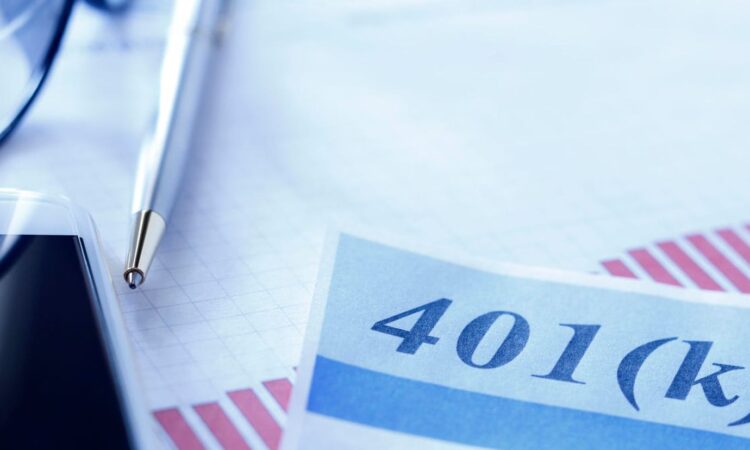
The labor movement in the United States is finding its footing after decades of decline. One of the drivers of the renewed struggle for better pay and conditions among workers is the fear of their fate upon retirement.
The vast majority of workers today do not have access to a pension and instead have been incentivized to save in a private retirement account like a 401(k) or a Roth IRA. However, for low-wage workers who struggle to make ends meet, putting away money for retirement can be an impossible task. This leaves many workers dependent on Social Security. In September, the average Social Secuirty benefit for a retired worker was $1,841.27, the equivalent of working for $10.60 an hour. With high dependence and low average payments, nearly a quarter of seniors live in poverty. For retirees who have paid off their house and have managed to lower their monthly expenses, perhaps this sum can get them by, but for many, their benefits leave them in an exceptionally economically vulnerable situation. According to the National Institute on Retirement Security, forty percent of all Social Security recipients rely solely on their benefits. One of the researchers who completed this analysis, Dan Doonan, argues that benefit amounts should be increased, and if they had risen “just ten percent higher in 2013, there would have been about 500,000 fewer poor older households.”
The situation for workers today
Workers today are tomorrow’s retirees, and the Social Security Adminstration has reported that nearly a third of the labor force does not have access to a private retirement account. The implication is that those workers will be dependent on their fixed income from Social Security, which is unlikely to be enough to keep them living comfortably. Through the financial company Fidelity, CNBC reported that 401(k) account holders between the ages of 50 and 59 had an average savings of $189,800.
How much should workers save for retirement?
The amount reported by Fidelity is nowhere close to what a person would need to retire.
It is never too early to begin planning for retirement in our age because very few workers have any assurances from their employers that a robust pension will be waiting for them. Accounting for inflation, one must consider the income they would like to receive when they retire. That sum must be multiplied by the number of years that they expect to be retired, which, though morbid and uncontrollable, is necessary. A safe bet is to save enough to last between twenty and thirty years. Imagine one would like to have an annual income of $50,000 and want to be able to withdraw that amount for ninety-five years; one would need to save $1,250,000. However, if these funds are invested in the stock market, even as funds are taken out, the sum can continue to increase in value over the course of one’s retirement.
The low average reported by Fidelity shows that many workers close to retirement do not have enough saved, which could lead to increases in senior poverty, particularly if life expectancy continues to increase. Many workers who are organizing in their workplaces are demanding that pensions, or at a minimum, their employer contribute to their private retirement savings as a way for them to share in the profits their labor generates.






